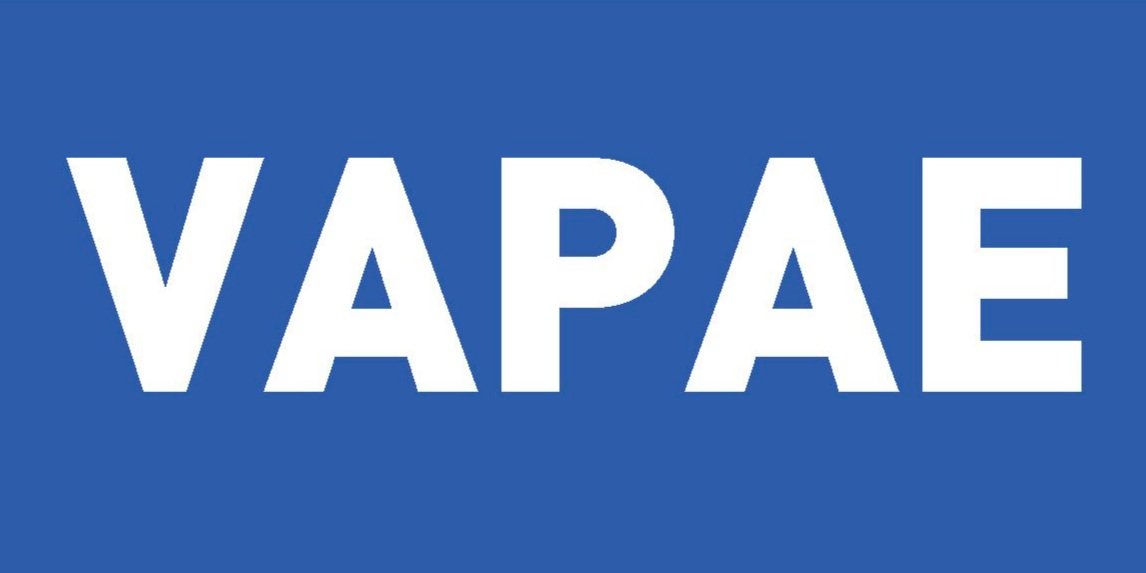Crystal Ruelas | June 2019
Hometown: Van Nuys, California
Major: Dance
Minor: Visual and Performing Arts Education
Q: How did you discover your interest in the arts and how did you know that it was something that you wanted to pursue professionally, as an artist or as a teaching artist?
A: I discovered my interest in the arts in high school. I’ve always enjoyed the arts but I never really was surrounded by it until high school where I got the opportunity to enroll in dance. I was absolutely horrible at first, I had no idea what I was doing, I just knew that I enjoyed it. I knew that this was something I wanted to pursue professionally because even though many told me that dancing wasn’t a career I was still putting my time in it. It was a force that helped drive me forward and gave me goals to reach. I use dance as a vehicle to inspire dancers and non-dancers alike as a performer and a teaching artist. I love the power it holds and enjoy sharing its excellence with others.
Q: Describe what the student artists in your VAPAE afterschool arts or arts enrichment program are working on and the process they’re using.
A: I am currently starting a new teaching position at Inner City Arts working to get students acquainted with college personal statements, informing them about college, and helping them figure out what the right steps are for them after high school.
Q: Why is an enrichment opportunity like this important for those participating? What do they gain?
A: This opportunity is important because it gives these students a chance to ask questions about college to those who are currently enrolled in a college setting. It gives them insider knowledge of what to expect and helps inform them on their various options they have after high school. It will help them in their decision making process after high school exploring options they might not even know they have.
Q: Did you have an opportunity like this when you were a younger artist? If yes, how did it help shape your love of art? If no, in what ways could a program like this have helped you?
A: I did not have these opportunities in high school, although I wish I did because I would have known a lot more going into college. I didn’t understand a lot of things about the college process and had to learn along the way. I was very confused and wished I had someone to tell me about all the things I know now. I would have been more organized and informed.
Q: What do you personally gain as a teaching artist, arts facilitator?
A: As a teaching artist I gain so much from my students. They teach me new concepts that I wouldn't be able to begin to put into words. They each have their own character and personality that is such a joy to work with. To see their dynamics and how they work together is interesting to me. I like being able to see how I could successfully place all my students abilities, skills, and talents together to create one masterpiece.
Q: What are the benefits to you as a student/graduate in the UCLA VAPAE program? Was this program a good choice for you? If so, why?
A: I gained so much from being in the UCLA VAPAE program. I worked with Onya Hogan Finlay learning new ways to engage students using different tactics within the arts. She also gave my cohort different sources we can use and different things to consider when teaching. She gave us different teaching scenarios to think about and how we should prepare for certain situations that might arise. The VAPAE program has prepared me with tools, resources, and opportunities to perform as a teaching artist.
Q: Are there any anecdotes from your time as a VAPAE Teaching Artist at an Arts Enrichment or Afterschool Arts Programs that stand out to you? Perhaps you had a breakthrough with a student or saw some particularly noticeable growth in that student through this program, collaboration etc. Maybe something surprised you or made you think about art or teaching in a new way.
A: It important to establish a sense of community in the classroom where the students feel safe and unashamed to participate in the activities. Participation in a classroom setting requires the students to be vulnerable with each other, they can’t do this unless they feel safe and comfortable in their environment. It’s important to have a set of class agreements in which the students can add to whenever they want helping the teacher provide an environment the students feel comfortable working in.
It is also important for a student to understand why they are doing a lesson because if they feel like they are getting nothing out of it they are less inclined towards participating in the lesson.
Q: What are your short-term and long‐term career goals?
A: My short-term goal is to graduate from UCLA with a double major in dance and communications and a minor in VAPAE. My long-term goal is to become a certified teacher.

